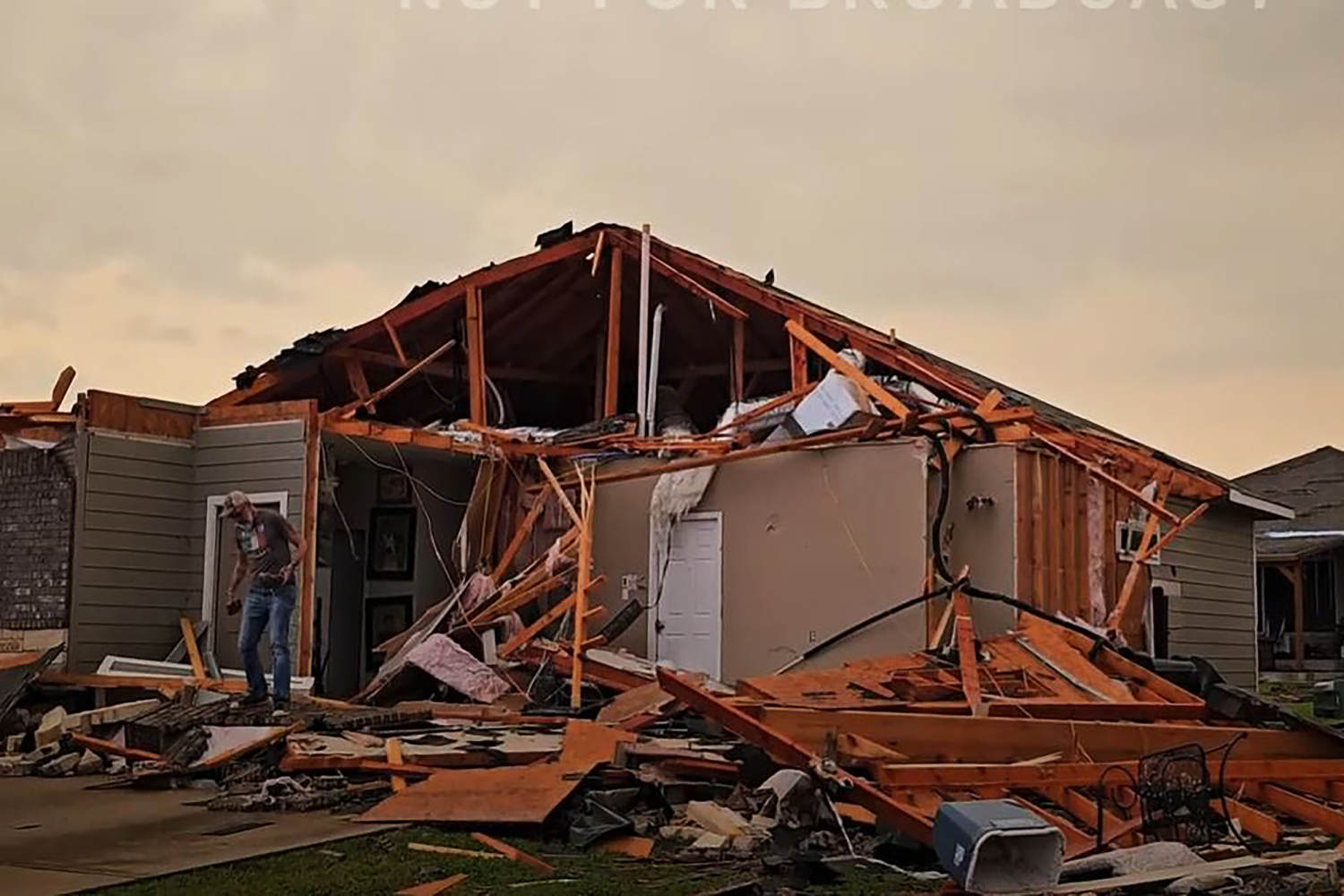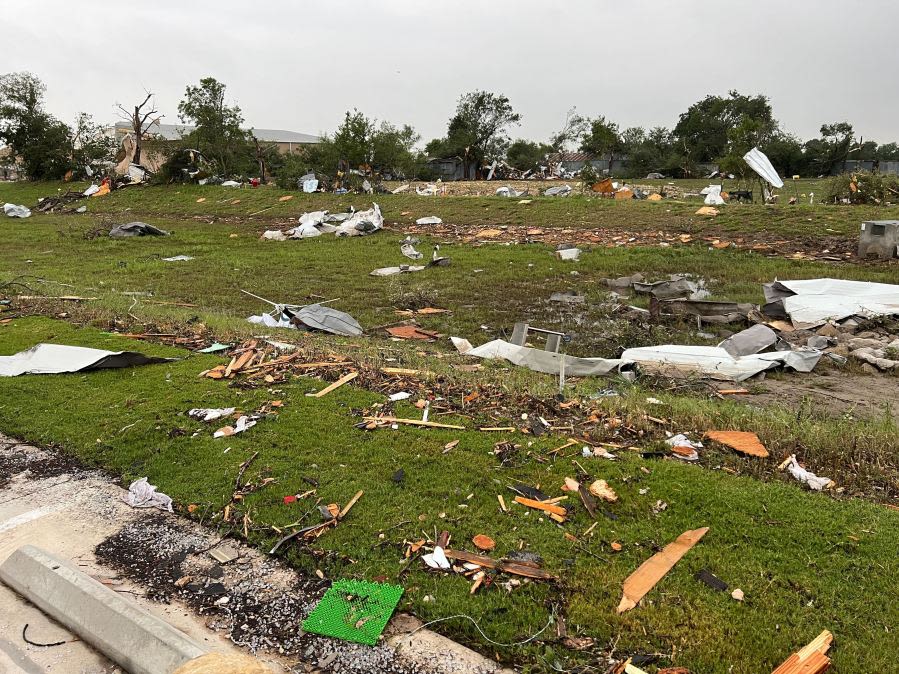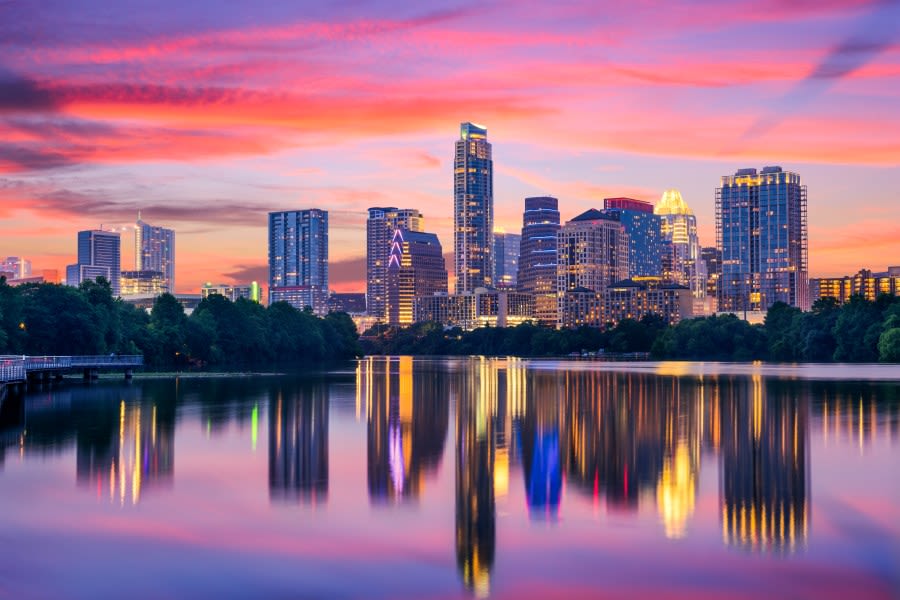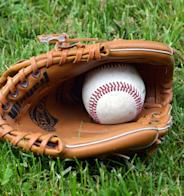Ads
related to: Austin, Texas, U.S.Book a Vacation Rental in Austin, Texas from Local Hosts - Houses, Condos, Cabins & More! Rentals in Austin, TX. Book Now & Save Up To 50%
- Hotels in Austin
Compare Vacation Rentals vs Hotels!
Hotels with free cancellation.
- Top Pet-Friendly Rentals
Pet-Friendly Rentals In Austin
Rentals for you & your furry friend
- Austin Last-Minute Deals
Check out our Last-Minute Deals and
Book with Instant Confirmation.
- Cabins, Chalets, Villas
Check out our Wide Rental
Selection: Cabins, Chalets, Villas.
- Hotels in Austin
Discover Dining, Things to Do & Much More in Beautiful Austin, Texas. Visit the Official Visitors Site Here for the Best Travel Info & Listings.
Find Discounts on the Best Austin Tx. Tripadvisor Helps You Spend Less. Always Great Deals: Search for The Best Austin Hotel Prices on Tripadvisor.
Search results
News about Texas, Temple, U-Haul
News about U.S. Marshals, San Antonio, Austin
News about Austin, Texas, top 10
Also in the news
Events
- MAY24MusicIn Flames With Gatecreeper and Creeping DeathEmo's Austin6:00 PMMAY24MusicMelanie Martinez: the Trilogy TourMoody Center ATX7:00 PM
- MAY24MusicThe 502s - Great American Road TripScoot Inn7:00 PMMAY24
 MiscellaneousJewel Box DancersCome and Take It Live8:30 PM
MiscellaneousJewel Box DancersCome and Take It Live8:30 PM - MAY24
 MiscellaneousY'all Out BoyEmpire Control Room9:00 PMMAY24
MiscellaneousY'all Out BoyEmpire Control Room9:00 PMMAY24 MiscellaneousGum.mp3Empire Control Room10:00 PM
MiscellaneousGum.mp3Empire Control Room10:00 PM
Austin, Texas. / 30.26722°N 97.74306°W / 30.26722; -97.74306. Austin ( / ˈɔːstɪn / AW-stin) [7] is the capital of the U.S. state of Texas, as well as the seat and most populous city of Travis County, with portions extending into Hays and Williamson counties. Incorporated on December 27, 1839, [8] it is the 11th-most populous city ...
- List of People From Austin, Texas
This is a list of notable past and present residents of the...
- Colorado River
The Colorado River is an approximately 862-mile-long (1,387...
- Williamson County, Texas
Confederate statue at Williamson County courthouse A part of...
- Austin Community College
The Austin Community College District (ACC) is a public...
- List of People From Austin, Texas
May 3, 2024 · Getting around. Map & Neighborhoods. Photos. 26 Best Things To Do in Austin. By Catherine Parker. |. Reviewed by Ann Henson. |. Last updated on May. 3, 2024. With more than 300 days of sunshine,...
- Overview
- History
- The contemporary city
Austin, city, capital of Texas, U.S., and seat (1840) of Travis county. It is located where the Colorado River crosses the Balcones Escarpment in the south-central part of the state, about 80 miles (130 km) northeast of San Antonio. Austin’s metropolitan area encompasses Hays, Williamson, Bastrop, and Caldwell counties, including the cities of Roun...
The state’s fourth largest city, Austin originated as the riverside village of Waterloo, in a buffalo-hunting region occupied by Tonkawa and Comanche peoples. In 1839 it was selected by scouts as the site for the permanent capital of the Republic of Texas and renamed to honour Stephen F. Austin, father of the republic. By 1840 Austin was incorporated, with 856 residents. When Mexican invasion threatened Texas in 1842, the government moved to Houston, but the town’s citizens, determined to keep Austin the capital, staged the so-called Archive War, forcibly retaining government records. The government returned to Austin in 1845, the year in which Texas was admitted to the United States. Austin’s pink granite State Capitol (1888), modeled after the U.S. Capitol, succeeded an earlier structure (burned 1881).
Britannica Quiz
U.S. State Capitals Quiz
The city flourished as a trading centre for ranchers and farmers after the arrival of the Houston and Texas Central Railroad and the construction of a permanent bridge across the Colorado River in 1871. A flood in 1900 caused widespread destruction, including the collapse of the bridge. With the harnessing of the river for flood control and power in the early 20th century, industry began to develop. Austin experienced dramatic growth during the 1990s, fueled mainly by high-technology industries.
Business, research and development, and manufacturing concerns involving computers, computer equipment, semiconductors, telecommunications, software, and biotechnology are among the city’s major employers. Government, education, and health care services are also primary economic factors. Railroads play an important role in trade, transporting most international cargo to international ports. Austin-Bergstrom International Airport opened in 1999 on the site of a former U.S. Air Force base.
The city’s population is ethnically diverse. Less than half of its people are of European descent, more than one-third of the population is Hispanic, and African Americans and Asian Americans each constitute slightly less than one-tenth of the population. Austin’s educational resources, particularly the University of Texas (1881), which has its main campus there, have contributed to growth. Other educational institutions include Huston-Tillotson College (1875), St. Edward’s University (1885), Concordia University at Austin (1926), and Austin Community College (1972).
At dusk, portions of the central city are lighted by “artificial moonlight” from mercury vapour lamps atop 17 165-foot (50-metre) tall towers (erected in 1894). The O. Henry Home and Museum is housed in what was O. Henry’s residence from 1893 to 1895, and the Elisabet Ney Museum, situated in her former studio, houses a collection of Ney’s sculptures; Ney created many life-size figures, including those of Stephen F. Austin and Sam Houston standing in the national and state capitols. The French Legation Museum (1841) was built by French chargé d’affaires Alphonse Dubois de Saligny, who was to represent the French government in the Republic of Texas; if he occupied the house at all, it was probably for a very short period. The Lyndon Baines Johnson Library and Museum (1971), situated on the campus of the University of Texas, contains archives, documents, and memorabilia of Johnson’s public career. The Bob Bullock Texas State History Museum (2001) showcases exhibits on the state’s history. The Jack S. Blanton Museum of Art, on the university campus, has a notable collection of Latin American art. Other facilities include the Austin Museum of Art, the Mexic-Arte Museum, and the Umlauf Sculpture Garden & Museum. The city supports an array of cultural organizations including a professional symphony orchestra, an opera company, and a ballet troupe, as well as a variety of art galleries and theatre groups.
Are you a student? Get Britannica Premium for only 24.95 - a 67% discount!
Learn More
Austin is known for its vibrant music scene. Formerly a centre of country and blues music, it now celebrates a variety of genres including rock, folk, jazz, and Latino music. More than 100 live music venues are centred primarily around the Warehouse District and Sixth Street, and a long-running public television series, Austin City Limits, showcases musical talent. Dozens of local recording studios and record labels make significant economic contributions. The South by Southwest Conference, devoted to music, film, and interactive media, is held each year in March. The city is also a favourite moviemaking location, and it is home to many artists associated with music and film.
- The Editors of Encyclopaedia Britannica
Home. Things to Do & Places to Visit in Austin. Known for Music. And so Much More. Years ago when people talked about Austin they would quickly mention the music. But that's just the beginning of what they're saying these days. Austin is also home to a wonderful ballet, world-class museums, one-of-a-kind shopping and beautiful outdoor spaces.
- What is Austin, Texas Best Known For?Known as the Live Music Capital of the World®, Austin, Texas is home to hundreds of live music venues and some of the premier music festivals in th...
- How Do I Spend a Day in Austin?There are so many things to do in Austin, Texas, it's hard to fit it all in in just one day. But if 24 hours is all you have, check out our guide t...
- Is three days in Austin enough?Austin is the ideal place to enjoy a long weekend. If you're wondering how to spend 3 days here, you'll find that there's tons to see and do, from...
- What Should You Not Miss in Austin?Austin is home to unique attractions, world-class museums and beautiful outdoor spaces. Don't miss the places and things that give Texas' capital c...
- How Do You Spend a Day in Downtown Austin?Arts and culture, craft cocktails and draft beer, food trucks and fine fare, live music and dance clubs—there’s never a dull moment in downtown Aus...
- What Is The Famous Street in Austin?Whether you plan to spend an evening on Sixth Street and Rainey Street, or your whole day on Congress Avenue, Austin's most recognizable streets al...
People also ask
How did Austin get its name?
Where is Austin Texas located?
Where did Austin Texas come from?
How many people live in Austin Texas?
- Float upon Lady Bird Lake. When the city of Austin turned part of the Colorado River into a reservoir, the intention was to create a cooling pond for a power plant.
- Bar hop through Rainey Street. Rainey Street is a charming little district that cozies up to Lady Bird Lake and isn't too far from the Austin Convention Center.
- Take a dip in the Barton Springs Pool. There is a three-acre spring-fed pool in Austin called the Barton Springs Pool and it’s a truly natural wonder.
- Have a night out on 6 Street. Ask any Texan where to party in Austin and they’ll point you to 6th Street. Lovingly referred to as “Dirty Sixth”, this entertainment district is located between Congress Avenue and I-35 in Downtown Austin.
About the City of Austin. Located in Central Texas on the eastern edge of the American Southwest, Austin is the capital of the state of Texas, the Lone Star State. The city dates back to the 1830s, when the first Anglo-American settlers arrived in the area, then part of Mexico.
Austin. Texas, USA, North America. Texas' state capital has kept its small-town heart, earning the love with great music, culinary prowess, whip-smart locals and a sociable streak impossible to resist.
Ad
related to: Austin, Texas, U.S.Book a Vacation Rental in Austin, Texas from Local Hosts - Houses, Condos, Cabins & More! Rentals in Austin, TX. Book Now & Save Up To 50%










































